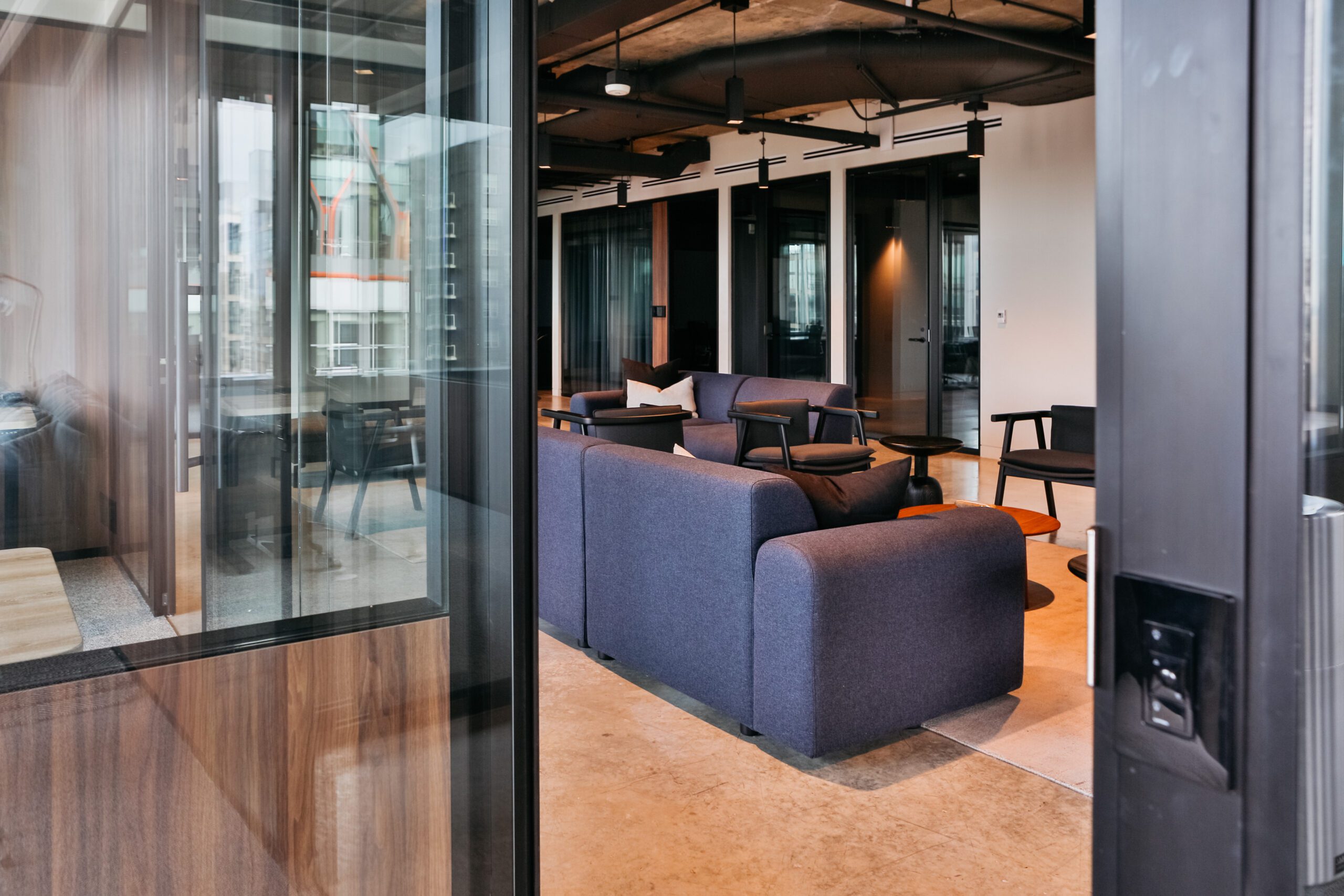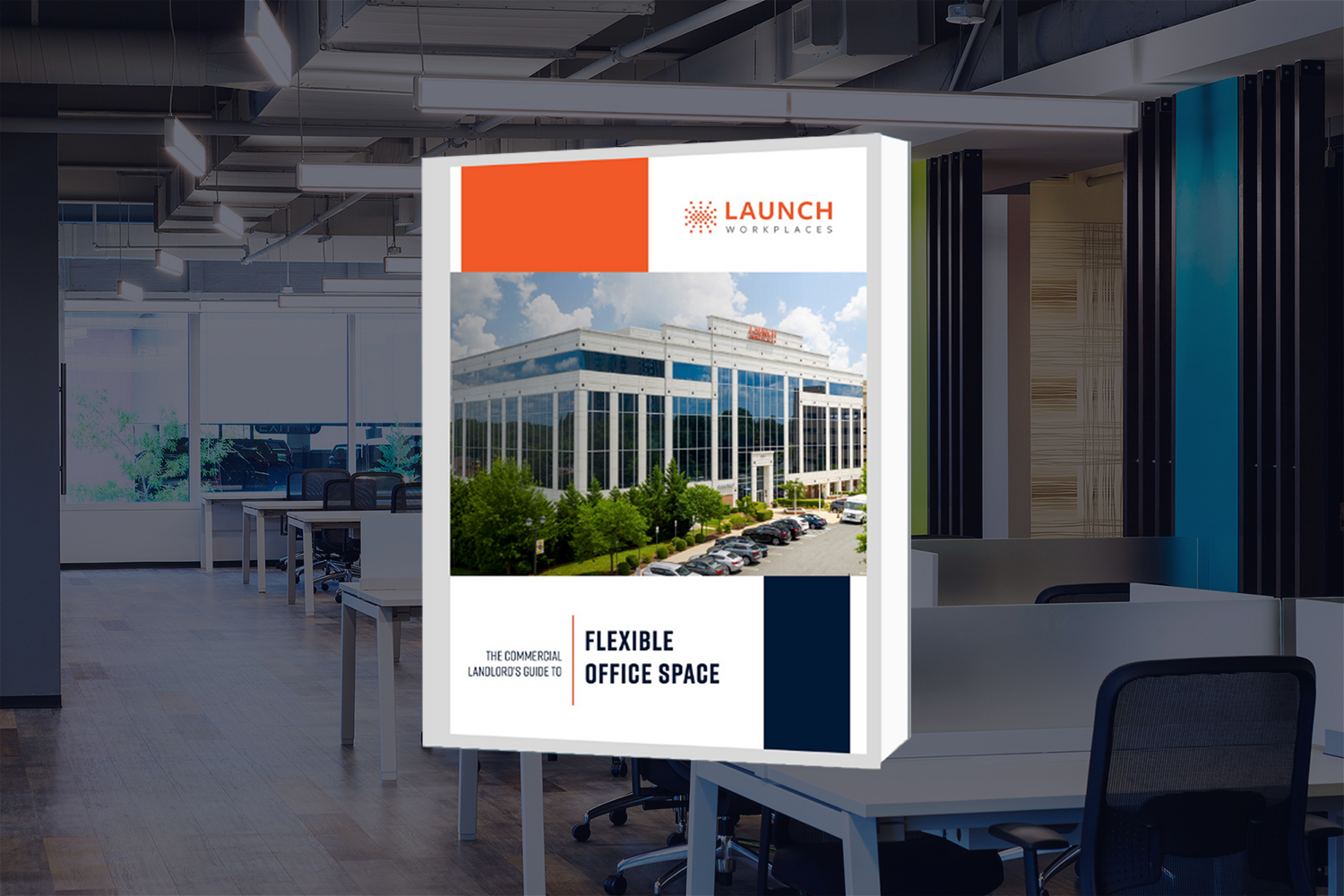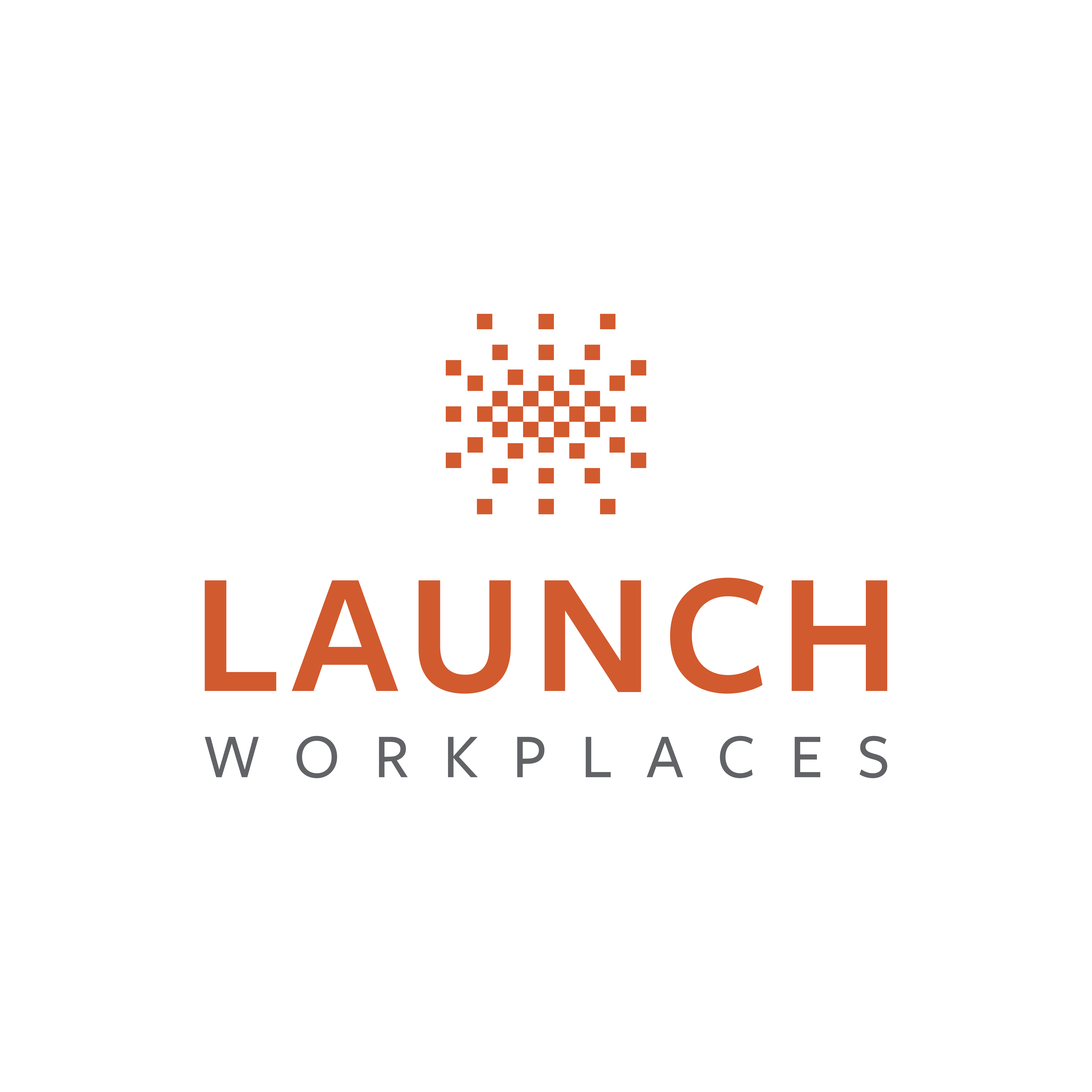
Written by Mike Kriel, CEO of Launch Workplaces
It’s been said that the coworking industry is worth $5 billion today and is expected to reach $20 billion within the next decade.
You’re right if you’re a commercial landlord and that forecast strikes you as a profitable opportunity.
Like any emerging industry, two things are for sure:
- Getting in early offers more upside potential for early adopters
- Capitalizing on these kinds of opportunities takes vision, strategy, and courage
Ready to stake your claim in coworking?
Here’s what you should know.
The Risk/Reward Evaluation of Embracing Coworking
My guess is that you understand the financial health of every building you own and are well-informed about occupancy levels and usage patterns.
Things may be going well in your buildings currently, but you’re looking to futureproof your portfolio by diversifying your office product offerings.
On the other hand, you might be experiencing (or worrying about):
- The lack of long-term deals with new tenants
- Existing tenants shrinking their spaces
- Office users leaving your building on a flight to quality
In either case, I can tell you this: coworking is growing at an astronomical rate because it can help in both scenarios.
So, if you ask me, there are two possibilities right now.
One is that you act fast, harness the first movers’ advantage, figure out how to leverage flexible office space to grow a tenant base, and enjoy the blue ocean until the market around you catches up.
The second is that you wait. Then, a few years from now, yours is the only building in your market that doesn’t offer flexible office space, and you find yourself swimming upstream, trying to regrow tenancy–if your building is still around.
But one thing’s for sure: when getting in on the ground floor of a multi-billion dollar industry, someone has to go first.
And that involves some foresight and courage.
Reading Between the Lines of Market Indicators
In many cases, the market says it will be difficult to add flexible office space to a building.
Why?
Today, coworking is growing rapidly, but it hasn’t yet gained the confidence of the capital markets–mostly because of its relationship to the office product that is currently hemorrhaging value.
Office real estate is a trickle-down industry in which the smaller players generally wait for the bigger ones to gain success and then follow along with their playbook.
We’re starting to see this happening now, but institutional money will not flood this market until it’s proven that the flexible office space model can be successful on several different scales. That is a story for a future post.
Depending on the deal you choose, you may face some hurdles in securing capital to add flexible office space to your building.
Some more prominent operators are making this task no easier. They provide a one-page pro forma promising above-market returns, then take that to the bank, get turned down, and walk away because they think it’s not feasible.
But those who dig a little deeper will discover opportunities.
How You Can Get Into the Multi-Billion-Dollar Coworking Industry
The capital markets will warm up to coworking on their own time. We can’t force that to happen.
In the meantime, you can get creative and do some homework to find a way to put flexible office space into your building and start reaping the benefits.
Don’t just look at one-page pro forma, get turned down by your bank, and decide coworking is too expensive to be doable. Instead, do more research and find a flexible office space partner who can create profitable opportunities for lower rates than market TI deals.
At Launch Workplaces, that’s one of the things we do that sets us apart: we use our proprietary formula to gauge the potential success of flexible office space in any given building. And we share all the details.
Then, we help commercial landlords inexpensively open coworking spaces in their buildings by looking at the potential that already exists there rather than making them pay for massive buildouts.
By lowering the capital investment needed to add flexible office space to your portfolio, diversifying your building’s product mix, and activating other elements within your stack, we can help you create a more compelling financial case.
And by overcoming the hurdles that most landlords won’t move past, you can get in on the ground floor of a multi-billion-dollar industry poised to quadruple its value in the next decade.
If you want to learn more about whether flexible office space is right for your building, contact me today. I’d be happy to discuss its benefits.




